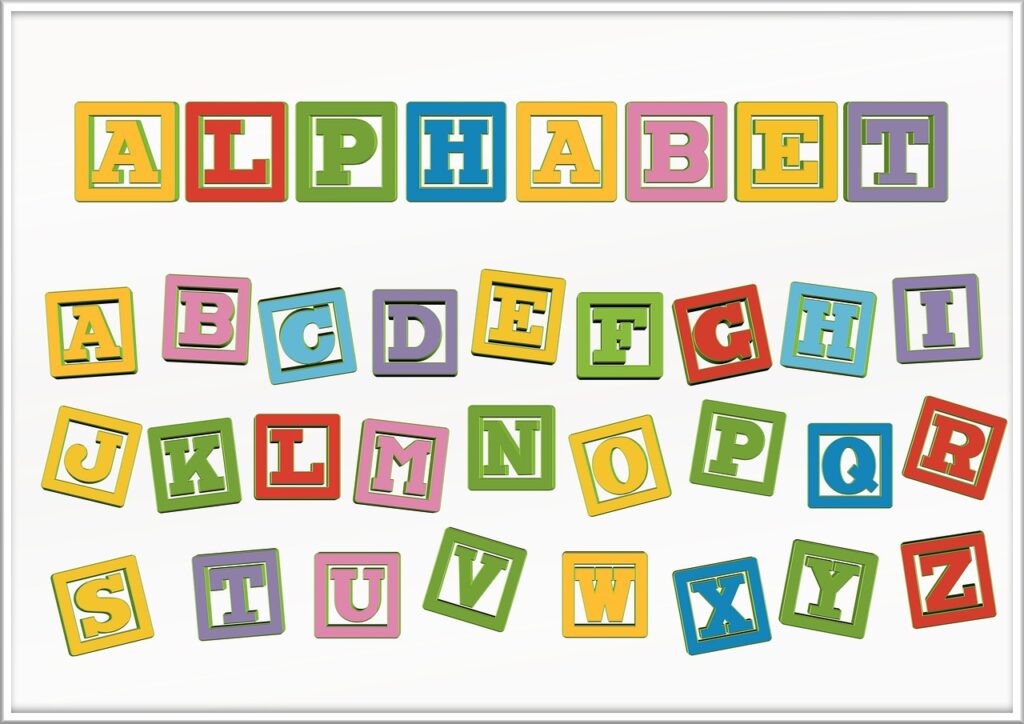
Teaching young children their ABCs and 123s is a crucial part of early childhood education. These foundational skills lay the groundwork for future academic success and are essential for overall cognitive development. However, teaching these basics can sometimes be challenging, especially when working with young children who have short attention spans and limited understanding of abstract concepts. In this article, we will explore some fun and effective teaching tips for helping children learn their ABCs and 123s in a way that is engaging, interactive, and developmentally appropriate.
1. Make Learning Fun and Interactive
One of the most important aspects of teaching young children their ABCs and 123s is to make the learning process fun and interactive. Children learn best when they are actively engaged in hands-on activities that stimulate their senses and capture their interest. Use a variety of tools and resources, such as flashcards, games, puzzles, and manipulatives, to make learning the alphabet and numbers exciting and enjoyable.
For example, you can create a letter or number scavenger hunt where children search for objects that start with a specific letter or represent a certain number. You can also use songs, rhymes, and chants to help children memorize the alphabet and numbers in a fun and memorable way. Incorporating movement and physical activity into your lessons, such as dancing, jumping, or clapping, can also help children stay engaged and focused.
2. Use Visual Aids and Props
Visual aids and props are powerful tools for teaching young children their ABCs and 123s. Visuals help children make connections between letters, numbers, and their corresponding sounds or quantities. You can use posters, charts, or picture cards to display the alphabet and numbers in a clear and visually appealing way. You can also use props such as toys, blocks, or counting beads to help children visualize and manipulate letters and numbers.
For example, you can use letter magnets to create words on a magnetic board or use number blocks to build simple math equations. You can also use flashcards with colorful pictures or illustrations to help children associate letters and numbers with real-world objects. By incorporating visual aids and props into your lessons, you can make learning the alphabet and numbers more concrete and tangible for young children.
3. Provide Hands-On Learning Opportunities
Young children learn best through hands-on experiences that allow them to explore, manipulate, and interact with their environment. Providing hands-on learning opportunities for teaching the ABCs and 123s can help children develop a deeper understanding of these concepts and build essential fine motor skills.
You can create sensory bins filled with letters or numbers for children to touch, sort, and play with. You can also use playdough, sand, or shaving cream to help children trace and form letters and numbers with their fingers. Incorporating art activities, such as painting, drawing, or coloring, can also help children practice their fine motor skills while learning the alphabet and numbers.
4. Foster a Literacy-Rich Environment
Creating a literacy-rich environment is essential for supporting children’s language and literacy development. Surrounding children with print-rich materials, such as books, magazines, posters, and labels, can help them become familiar with letters, words, and numbers in their everyday surroundings. You can set up a cozy reading corner with a variety of age-appropriate books for children to explore independently or with a teacher or caregiver.
You can also incorporate literacy activities into everyday routines and transitions, such as singing alphabet songs during circle time or playing word games during snack time. Encouraging children to engage in pretend play, storytelling, and role-playing can also help them develop their language and communication skills while reinforcing their knowledge of the alphabet and numbers.
5. Individualize Instruction and Support
Every child is unique and learns at their own pace. It is important to individualize instruction and support to meet the diverse needs and abilities of each child in your care. Observe children’s interests, strengths, and challenges to tailor your teaching strategies and activities accordingly. Provide differentiated instruction, such as small group activities, one-on-one support, or modified materials, to accommodate children’s varying learning styles and preferences.
Offer plenty of opportunities for children to practice and reinforce their knowledge of the alphabet and numbers in a supportive and encouraging environment. Celebrate children’s achievements and progress, no matter how small, to boost their confidence and motivation. Provide constructive feedback and guidance to help children overcome obstacles and reach their full potential in learning their ABCs and 123s.
In conclusion, teaching young children their ABCs and 123s can be a rewarding and fulfilling experience when approached with creativity, enthusiasm, and patience. By incorporating fun and effective teaching tips, such as making learning interactive, using visual aids and props, providing hands-on learning opportunities, fostering a literacy-rich environment, and individualizing instruction and support, you can help children develop a strong foundation in literacy and numeracy skills that will serve them well throughout their academic journey. Remember to keep the learning experience engaging, positive, and developmentally appropriate to ensure that children are motivated and inspired to continue learning and growing.
#ChatGPT assisted in the creation of this article.






